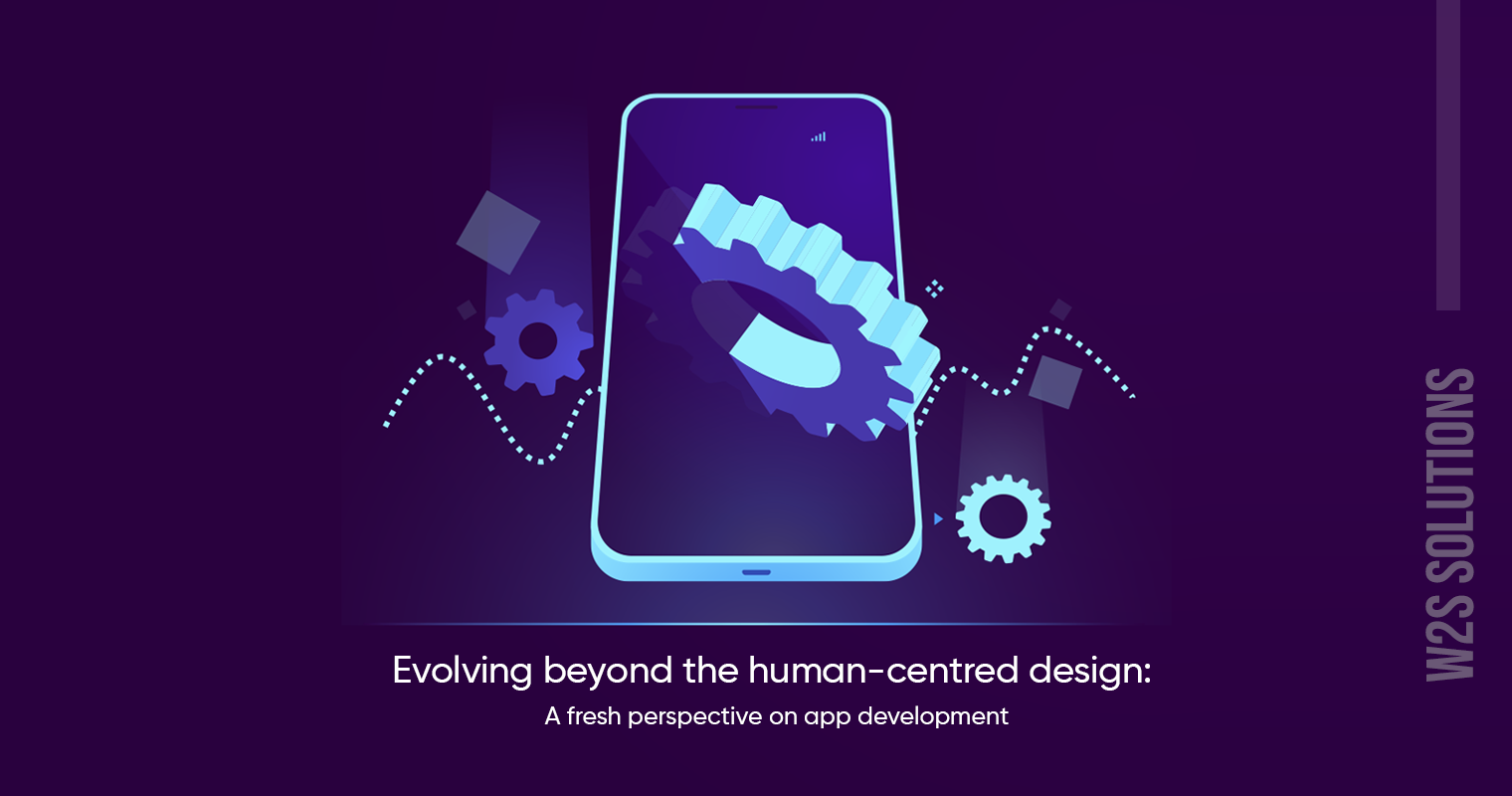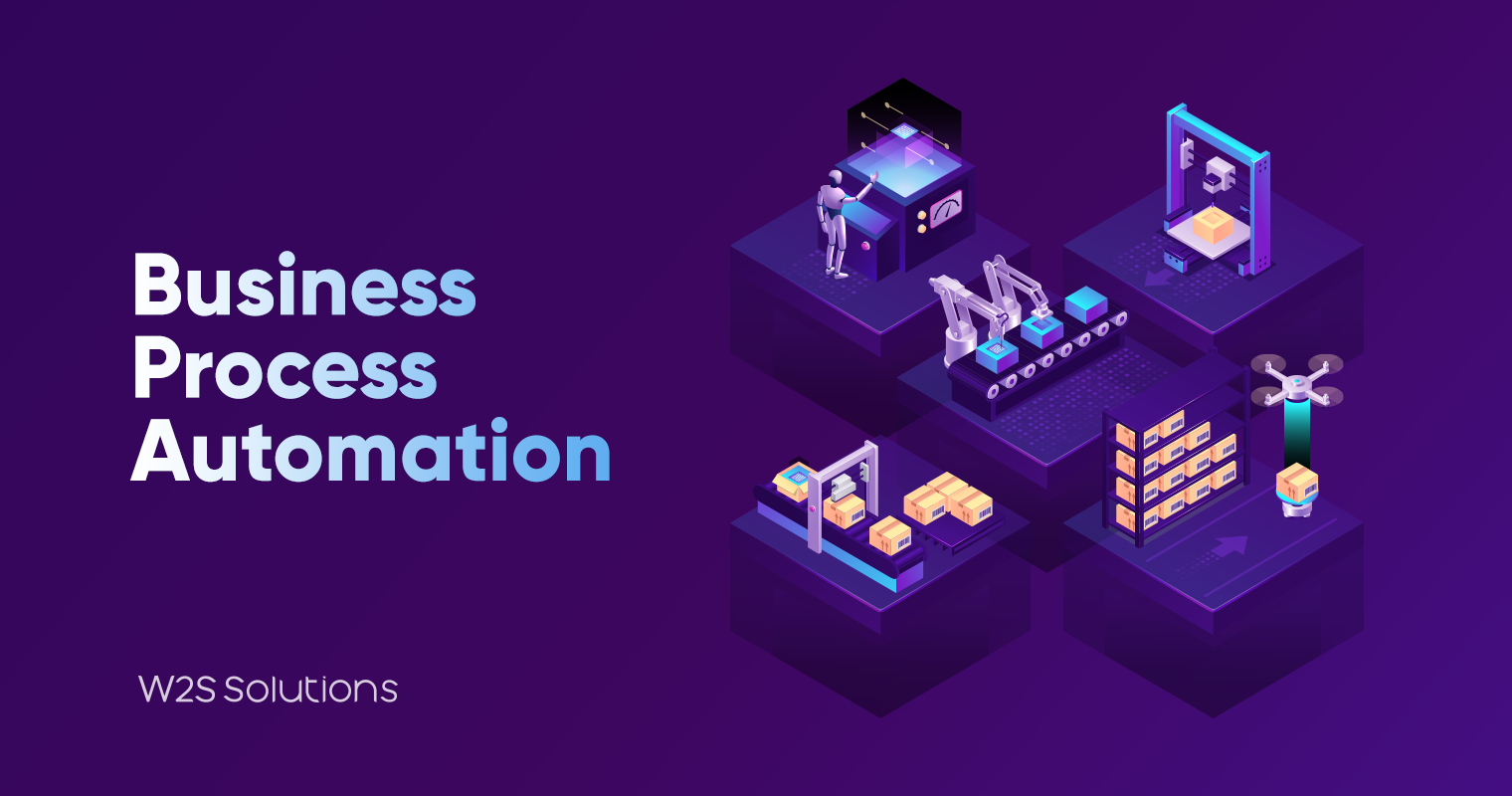The purpose of a design is to bring efficiency to a process. Take the wheel, for example. It is one of the oldest inventions by humankind, and it went on to shape up our species’ course! If you think about it, the first wheel wouldn’t have been a perfect circle, and there was zero knowledge from which the early humans could have imagined a wheel. Yet, they arrived at a conclusion that a wheel should be round- not square, not a triangle, but round!
So, designing in a simple sense deals more with problem-solving than anything. The design that exists without a purpose is called art. Art need not have a purpose, but a design should definitely have one!
That’s why companies that bring their A-game design-wise are more popular and achieve more success than the rest of the bunch. Take Apple, for instance. They were the pioneers of consumer electronics, and their ultimate selling point is the minimalistic design they base their products on!
Even though Androids have more features than iPhones, many users across the world prefer Apple’s products purely because of the “value” they bring in. And the design is a crucial part that contributed to this value.
A good design is almost always invisible! Even though the purpose of a design is to bring efficiency, in the modern world, it has a significantly higher impact than anything!
Human-centric approach
Most modern-day applications are designed based on this approach. The approach is simple. It revolves around the basic principle- User engagement! What would keep the users hooked to the application? How to satisfy a user’s desire? How to keep them coming back to the application?
So, the user is the primary factor in the human-centric approach. The process would go something like this,
- The marketers or the analysts would lay out the core idea of the application.
- Then, they would identify different target groups who would be interested in the application’s core concept.
- The next step would be to understand the target demography’s needs and find space within the application’s idea to accommodate these needs. These are what we call features.
- Once they have a clear-cut idea of their app’s users, they will try to build a profile on it.
- The profile will create the user’s social life, financial power, spending habits, etc.
- To build such a reliable user profile, they need tons of data that relate to the users.
- So, collecting and leveraging effective data is the most crucial part of executing an efficient human-centric approach!
Based on all these data and user profile building, the design is brought forward. Even after the deployment of the application, it collects data from its users to reinforce the profile they built earlier. Based on these interactions, the design will be altered. Mobile App Development Companies in Austin from the infamous silicon hills are bringing forward such revolutionary changes.
Read Also – Can Austin’s silicon hills overwhelm the infamous Silicon Valley?
Why should we evolve beyond the human-centric approach?
The world’s hottest tech platform- Silicon Valley, is built on the human-centric approach. Applications like Facebook, Instagram, and Snapchat are the best examples of human-centric design. It specifically caters to the user’s needs and is designed to keep the users engaged.
Though tech innovation has made our lives a lot better and easier, we have to take it with a pinch of salt! We should ask, “At what cost?“. There have been many reports of nomophobia across the globe.
In fact, a shocking study reveals that smartphone addiction has been a major reason for depression among teens. Teenagers who spend more than 5 hours a day on electronic devices are 71% more likely to commit suicide. Such figures are scary, even if half of what it says is true!
Mobile application development companies in Austin, USA, have to consider such factors while they design their application. Tech companies have a moral obligation towards their users as they have the potential to create a highly addictive product under the illusion of a user-centric or human-centric approach.
The link between deteriorating mental health and social media usage has been proven in recent times. The effect doesn’t stop here. Social media platforms are now a part of the equation in a youngster’s life, particularly pre-teens, and teens. The addictive nature of these app designs can be so harmful that they can cause low-esteem among many of the users.
Also, the poor regulations of these platforms have made the accumulation of dangerous content easier. The lack of a barrier that filters these budding generations to witness this explicit content is highly manipulative and can even alter their social and political perceptions!
Read Also – Crucial lessons from Domino’s to tech startups and enterprises
What needs to be done?
Technological innovation is probably the greatest invention of our human lives, but we have not yet grasped the control it has on our lives. We need a mechanism that protects users from falling into the traps of addiction!
Mobile application development companies should have strict design regulations that they should abide by. The fundamental of the addiction is their design aspect! The design hacks into the pleasure control of our brain.
A change in this design could be a better way to find a long-term solution. This is a sensitive issue; hence drastic changes should be avoided. Implementing subtle changes over time will help users to adapt to the new lifestyle!
There have been many initiatives from Silicon Valley itself to help users understand the toxicity of such applications. It is time we acknowledge that the problem exists and attack the root cause of the issue rather than beating around the bush.
Digital transformation companies and IT consulting companies should incorporate these measures while providing solutions. They should be aware of their moral values, and a special committee to address these issues should be created at a global level.
Read Also – How is Starbucks setting some serious goals for tech startups and enterprises?
Wrapping this up,
The human-centric approach has been able to solve many problems. They even stripped of complex processes and made access easier! We are not completely accusing this approach to be the sole factor of a bigger problem. But it has and exhibits the potential to grow into an even more dangerous one. It can shake the very foundation of our society if left unmonitored, and it is our duty to ensure it doesn’t happen!







